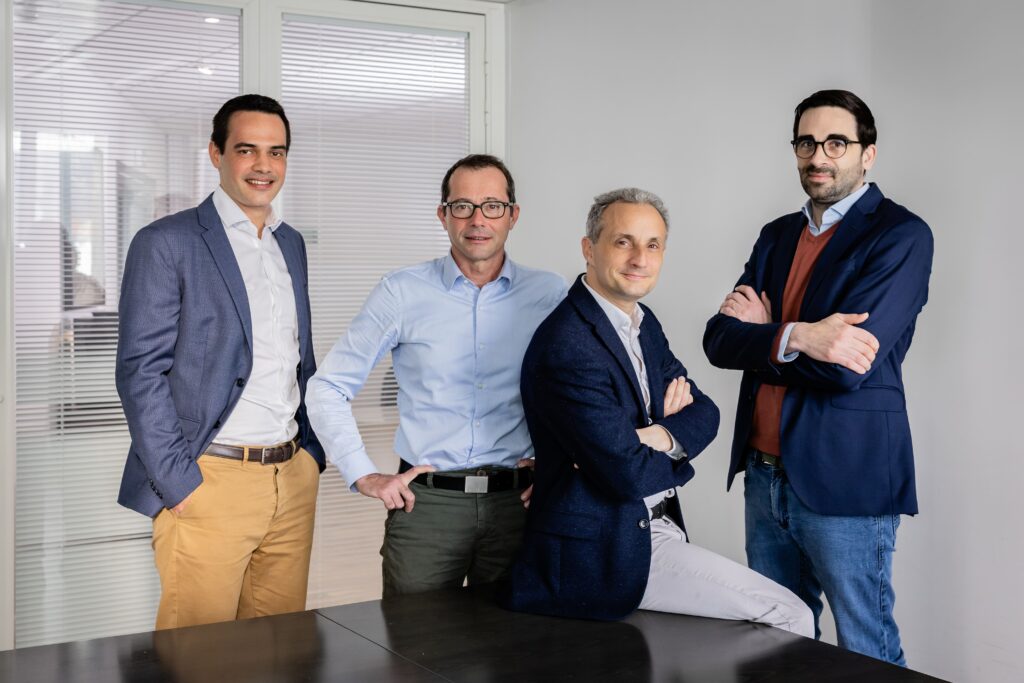Six Million Pound Grant
According to its website, UK Research and Innovation is investing £6 million in seventeen new projects that will address some of the fundamental research questions with quantum technology, from the exploration of antimatter gravity to dark matter detection, while also supporting its existing research in Quantum Technologies for Fundamental Physics programme.
The programme receives joint funding from the Science and Technology Facilities Council (STFC) and the Engineering and Physical Sciences Research Council.
The grants encourage high-risk discovery and aim to demonstrate how quantum tech can solve long-standing questions in fundamental physics.
On the funding, Professor Grahame Blair, STFC Executive Director, Programmes, said:

“This new cohort of projects should make a valuable contribution to our understanding of the universe using cutting-edge quantum tech such as quantum computing, imaging, sensing and simulations.
The new grants continue to support the UK research community in exploring the diversity of quantum technology applications for fundamental science, from neutrino mass studies to searches for violations of fundamental symmetries of nature.”
Dr. Michael Vanner, of Imperial College London, is the principal investigator for one of the successful projects. He said:
“Very excitingly, this grant gives us the support to utilize the tools and techniques we’ve developed for quantum technologies to tackle a fascinating question about fundamental physics.”
Dr. Vera Guarrera, from the University of Birmingham, a co-investigator for one of the projects, said:
“This grant will allow us to realise a very cold crystal of laser-cooled calcium ions, where we will implant a highly-charged ion of an element called californium.
The crystal will be used to decrease the temperature of the highly-charged ion close to absolute zero, a process known as sympathetic cooling.
This is a fundamental step for the realisation of an atomic clock based on californium highly-charged ions.
Such a unique clock is expected to realise the most sensitive detector worldwide of ultra-light dark matter.”
Some examples of the projects that will be covered in the funding include:
Synthesising quantum states of sound and listening to what they tell us about the universe:
The Schrodinger cat thought experiment infamously highlights:
- how bizarre quantum mechanics can be.
- the limitations of our understanding of the fuzzy boundary between the quantum and classical aspects of our world.
Using quantum technologies and our now exquisite ability to control the quantum nature of light, this project seeks to illuminate and examine this boundary. This is done by creating quantum states of high-frequency sound waves in a tiny crystal cooled to near absolute zero in temperature.

Acting as a powerful lens
More than a quadrillion atoms will participate in these sound waves. This is a mass-scale that is truly gigantic from the perspective of the quantum realm, but still microscopic from the perspective of our everyday world.
Generating and studying quantum behaviour at this mass scale will act as a powerful new lens through which we can examine the very foundations of physics and shed much needed light on:
- why do we not see quantum behaviour in our everyday world?
- why are quantum states so fragile?
- does gravity even play a role at this boundary?
Quantum sensing for antimatter gravity
According to our current understanding of physics (embodied by the Standard Model of particle physics), we should not exist!
Our solar system, the Milky Way Galaxy, and the entire observable Universe seem to be composed only of matter.
The Standard Model insists that when energy was converted to matter after the Big Bang, an equal amount of antimatter should also have been created. This idea, which is based on deep symmetries, is not consistent with the matter-dominated Universe in which we seem to exist.
In order to explain this, it is important to test the properties of antimatter in all possible ways, looking for a small crack in the matter-antimatter symmetry.
QSAG project
The quantum sensing for antimatter gravity (QSAG) project seeks to test whether antimatter and matter have the same gravitational interactions. This is achieved by measuring the effects of gravity on positronium, a unique system composed of an electron (matter) bound to a positron (antimatter) in a hydrogen-like atom.
QSAG will employ (anti)matter-wave interferometry using highly-excited (Rydberg) states of positronium to measure the effects of the Earth’s gravity field, and thereby perform the first direct measurement of antimatter-gravity.
For further information on the funding and other exciting initiatives in quantum tech, please visit the UK Research and Innovation website.
If you found this article to be informative, you can explore more current quantum news here, exclusives, interviews, and podcasts.















